World 🢖 Europe 🢖 Bosnia and Herzegovina
Waterfalls 🢔 Geological wonders 🢔 Categories of wonders
Wonder
Pliva Waterfall
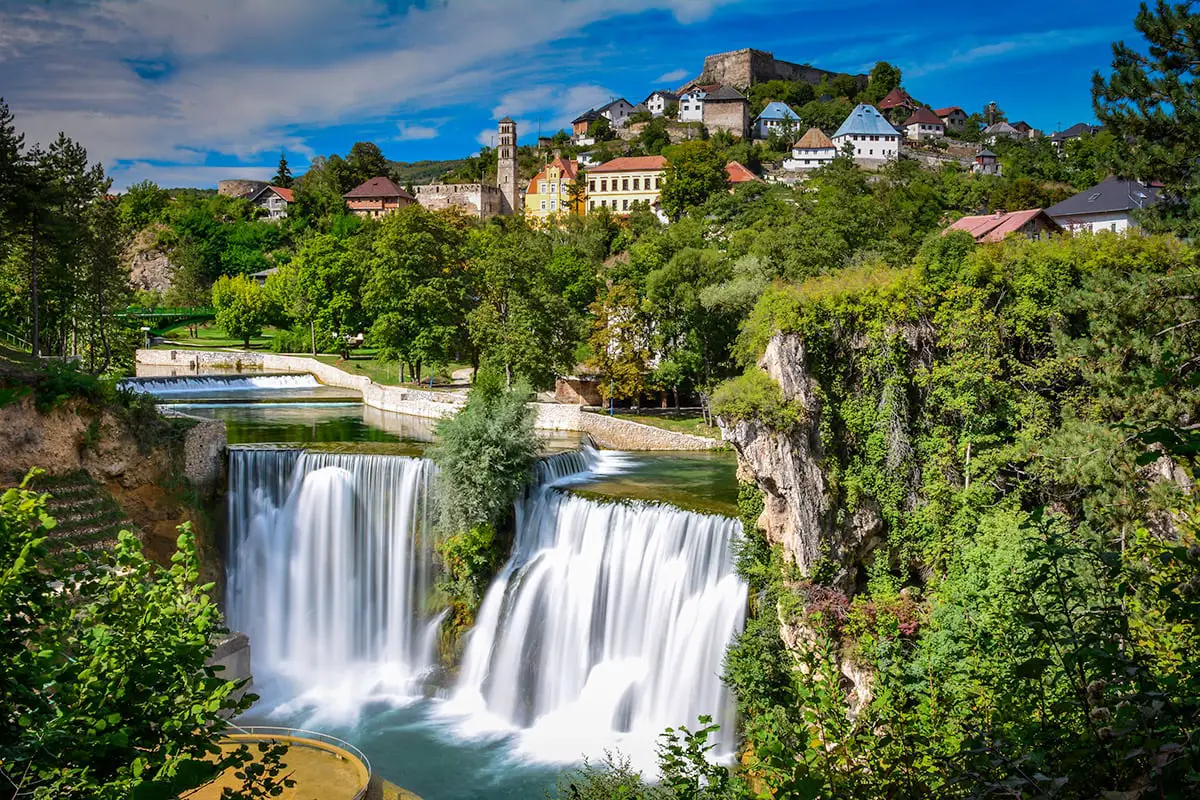
 In short
In short
One of the most impressive waterfalls in Southern Europe is Pliva Waterfall in the centre of Jajce, Bosnia and Herzegovina. Now this waterfall is some 22 m tall and approximately 50 m wide, but it has seen many changes – reinforcements in order to save the waterfall from collapse.
 42.3%
42.3%
GPS coordinates
Location, address
Height
Width
Stream
Map of the site
If you see this after your page is loaded completely, leafletJS files are missing.
 In detail
In detail
Travertine
Bosnia and Herzegovina is rich in waterfalls and most of them have formed on travertine barrages – natural barriers of porous and rather soft limestone which has been deposited by lime-rich water.
Pliva Waterfall is not an exception: on this river have formed many smaller and larger travertine steps but the last one – right at the confluence with the Vrbas – is the most impressive. Here the travertine layer is especially thick – up to 70 m and Vrbas River has shaped picturesque, 43 m deep canyon. The waterfall is located just a few meters before the confluence of Pliva with the Vrbas, thus opening a fine view on the falls from the opposite side of Vrbas valley.
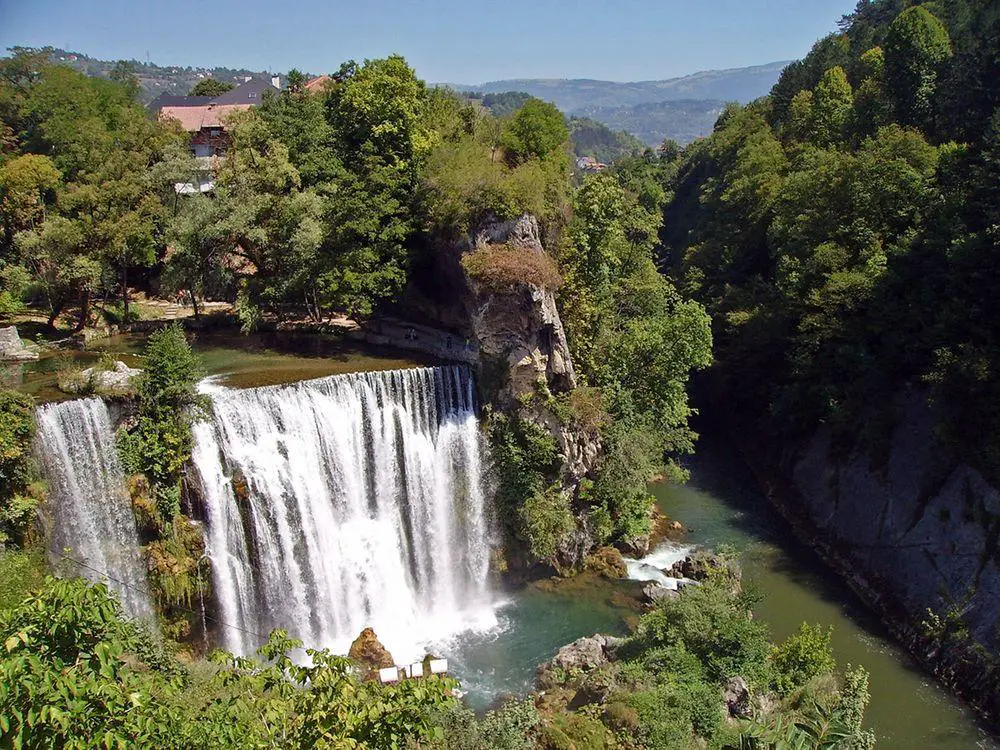
Description
Pliva waterfall now forms a single, impresive plunge. Waterfall is some 50 m wide, with a smaller bush covered island in the middle. The northern side of falls is somewhat lower than the southern.
As the water falls, it hits some ledges of travertine but otherwise this is an impressive, wide screen of water.
Below the falls is deep plunge pool and one more several metres high barrage of travertine blocks right at the conflluence with Vrbas River.
Man made corrections
Waterfalls have their own life cycle. Humans may love them, but nature is unrelenting – it creates them, and it "disassembles" them again – sooner or later.
Travertine is a soft material and strong current or the opposite – dry weather – may create cracks and step by step the soft stone is milled. Due to this most falls on travertine are just weak (but permanent!) brooks or springs.
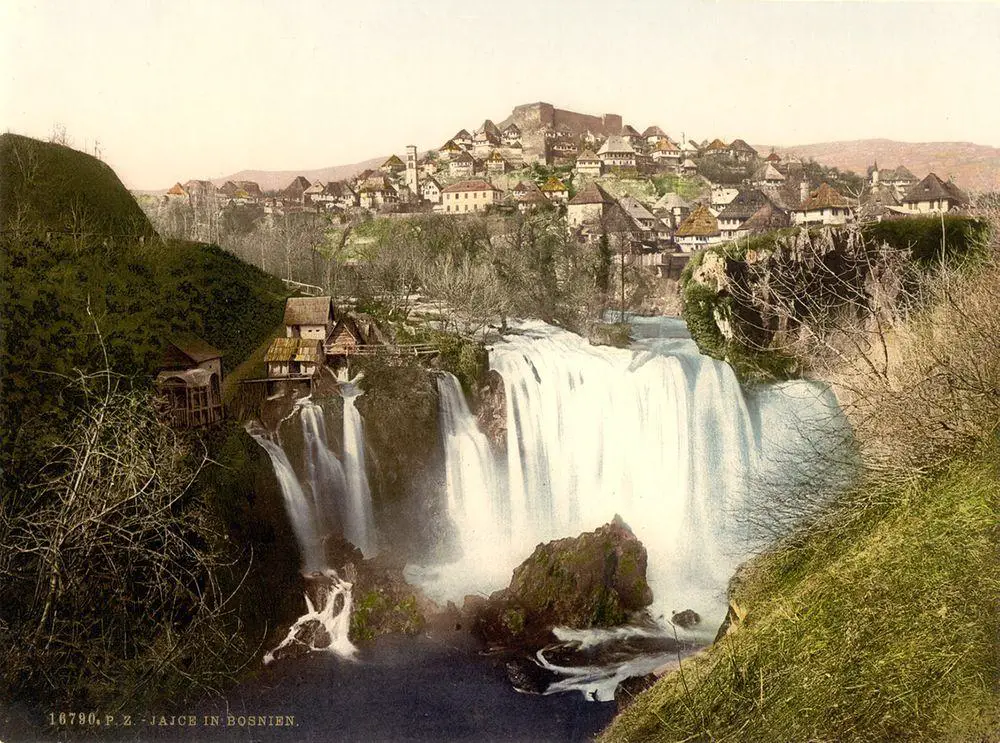
Pliva River though is different – during the spring floods or after heavy autumn rains it turns into a fierce torrent but in summer it may dry up almost completely. Pollution from the city makes things only worse – it helps to disintegrate the travertine.
People in Jajce had two possibilities – to look at how the beautiful waterfall is destroyed step by step… or to reinforce it. They choose the latter.
The images from the 1950ies already show that the waterfall is reinforced by tall concrete walls. But the current shape of the waterfall has been created in the late 1990ies and 21st century.
After the Bosnian war damage to the powerplant upstreams from the falls the waterfall was damaged and its height decreased. Emergency works were made in 1997 but more works followed in the 2000ies and 2011. Now the whole width of the waterfall is reinforced. The plunge pool below the falls has been made deeper in order to allow jumps from the falls. There is developed also a system of low concrete steps before the falls, thus making the stream more even. Often these concrete steps are erroneously presented as other waterfalls.
In order to preserve the falls it is important to maintain the hydropower station above the falls in good working order in order to provide a steady flow of water over the falls.
We can argue whether the waterfall after all these works still can be considered to be a natural monument but one is obvious – Pliva Waterfall is beautiful!
References
- Zoran Milašinović, Danijela Zovko, Ivana Lukić. Sanacija korita i vodopada na rijeci Plivi u Jajcu. Građevinar, Vol.62 No.08. Rujan 2010.
 Linked articles
Linked articles
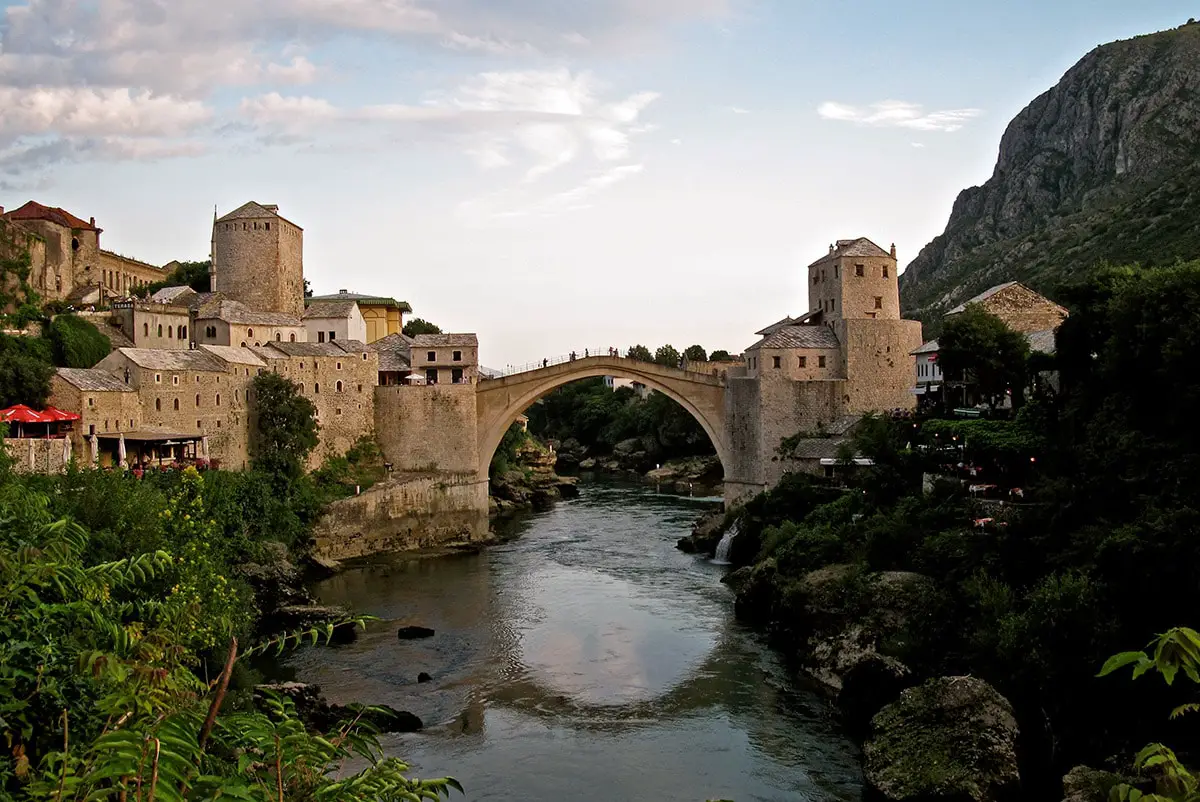
Landmarks of Bosnia and Herzegovina
Bosnia and Herzegovina is a mountainous country with breathtaking scenery and well-preserved pristine nature. The most interesting landmarks here are the traditional villages and towns as well as diverse karst features.
Country is rich with interesting medieval structures including the unusual stečaks – tombstones with reliefs of diverse symbols and impressive bridges.
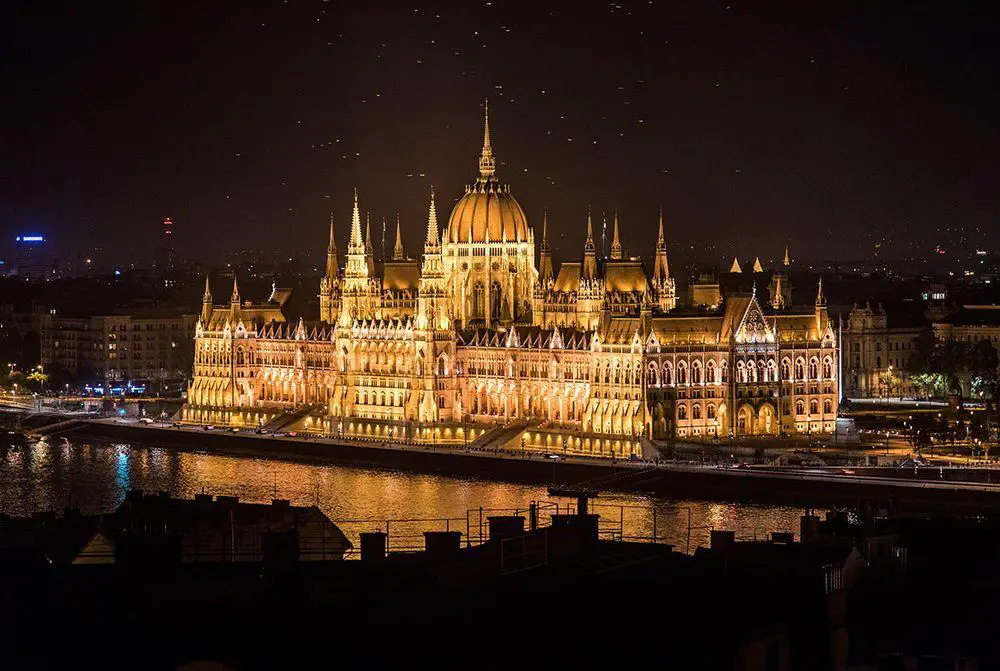
Wonders of Europe
The heritage of Europe is diverse and endlessly interesting. Incomparably rich is the wealth of European historical architecture, but this part of the world has exciting natural heritage and archaeological heritage as well.
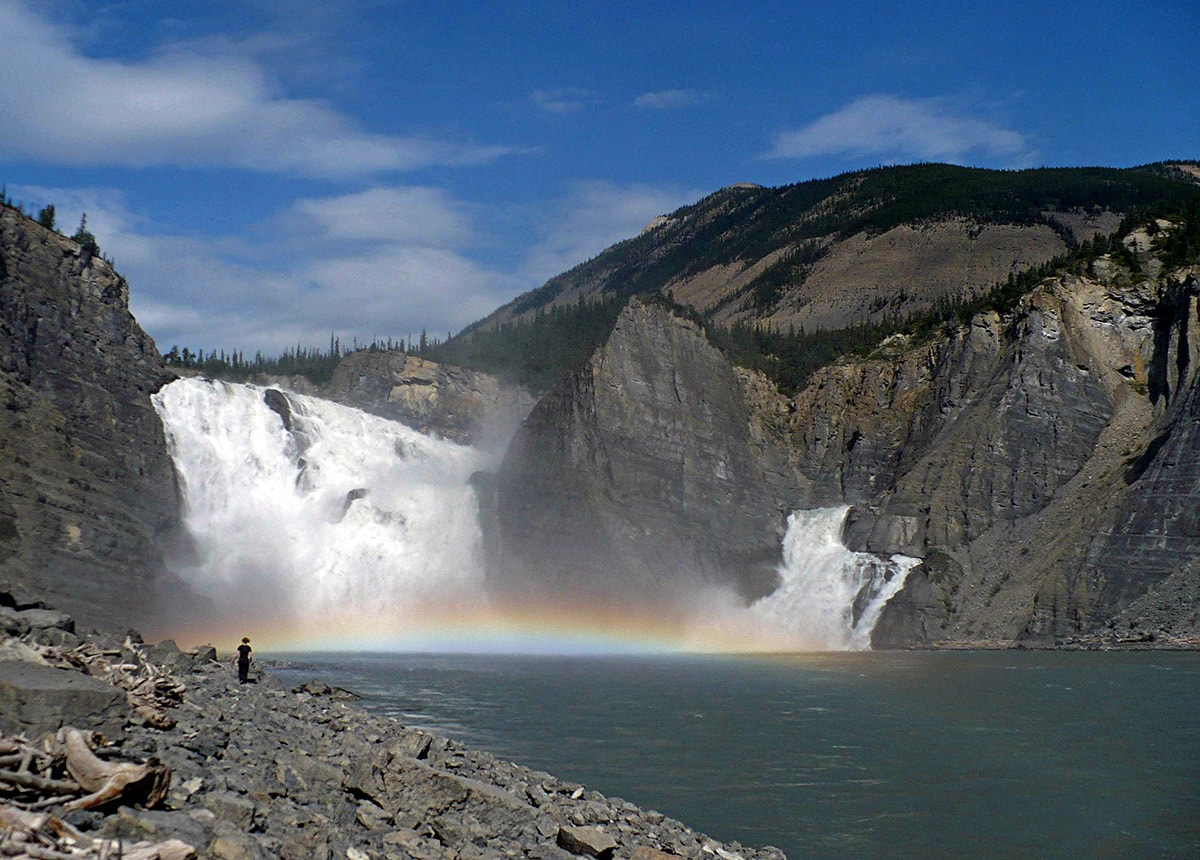
Waterfalls
Some of the most fascinating and awe-inspiring natural monuments are waterfalls or locations where a river abruptly changes its elevation.
 Recommended books
Recommended books
Bosnia and Herzegovina
From an expert author who has lived and worked in the region for over two decades, Bradt’s Bosnia and Herzegovina is the most comprehensive English-language guidebook available to the mountainous heart of the Western Balkans. It covers the country’s diverse Mediterranean landscapes, from the southern Herzegovina cities of Mostar and Trebinje to the lush and green Alpine regions of Sarajevo and Banja Luka, plus second-to-none coverage of the capital city Sarajevo.
Bosnia & Herzegovina
Explores the geography, history, government, economy, people, and culture of Bosnia and Herzegovina.



[…] UNESCO World Heritage site. The fortress, castle, and open air museum are on the banks of the brisk Pliva and Vrbas Rivers – a significant source of hydropower in the […]